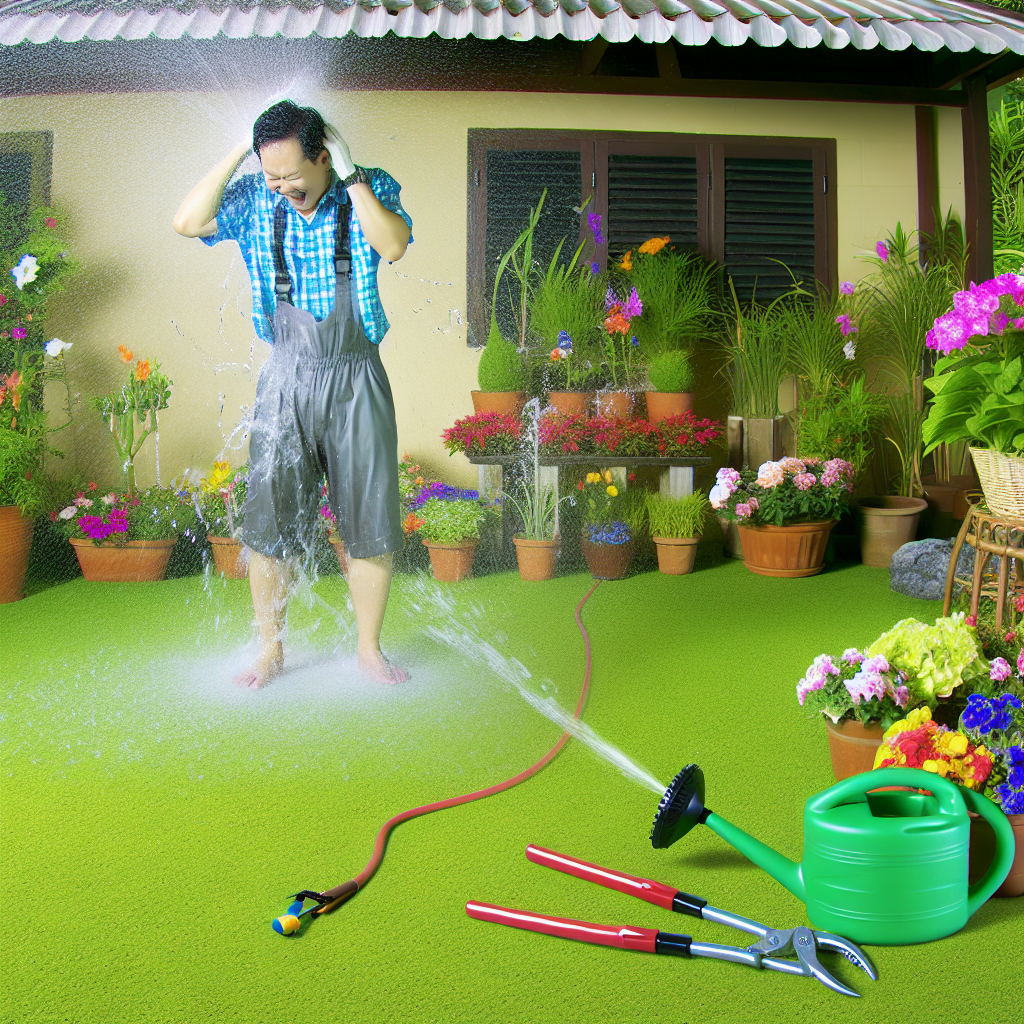How ACL Injuries Can Occur During Gardening

Discover the unexpected risks of ACL injuries while engaging in the peaceful activity of gardening, and how to safeguard against them.
Understanding ACL and Its Role in Knee Stability
The Anterior Cruciate Ligament (ACL) is a critical ligament located in the knee, responsible for maintaining knee stability. It connects the thigh bone (femur) to the shinbone (tibia) and prevents the tibia from sliding out in front of the femur.
The ACL plays a vital role in stabilizing the knee during movements that involve sudden stops, twists, or changes in direction. Given its importance, any damage to the ACL can significantly impact knee stability, leading to potential long-term mobility issues.
Common Gardening Activities That Can Risk ACL Injury
While gardening is generally seen as a low-impact activity, certain movements and tasks can pose risks to the ACL. Activities such as lifting heavy pots, digging, or sudden twisting motions while planting can put undue stress on the knee.
Even seemingly benign actions like bending, squatting, or kneeling for extended periods can increase the risk of an ACL injury if not done with proper technique or precautions.
Mechanics of ACL Injury: How a Simple Twist Can Lead to Harm
ACL injuries typically occur when there is a sudden change in direction, a rapid stop, or a twisting motion that places excessive force on the knee joint. In gardening, such movements can happen unexpectedly. For instance, losing balance while digging or turning abruptly to reach for a tool can cause the knee to twist unnaturally.
When the knee is subjected to forces it can't handle, the ACL can stretch beyond its capacity and tear. This can result in immediate pain, swelling, and a noticeable instability in the knee.
Preventive Measures to Protect Your ACL While Gardening
To minimize the risk of ACL injuries while gardening, it's crucial to adopt preventive measures. Always warm up before starting any gardening task to prepare your muscles and joints for activity. Incorporate stretches that focus on the legs and knees.
Use proper techniques when lifting heavy objects, ensuring you bend your knees and keep your back straight. Additionally, avoid sudden twisting motions and try to pivot on your feet rather than your knees. Wearing supportive footwear with good traction can also help maintain balance and stability.
Recovering from an ACL Injury: Tips for Gardeners
Recovery from an ACL injury requires a combination of rest, physical therapy, and sometimes surgical intervention, depending on the severity of the tear. Gardeners should prioritize rest and avoid putting unnecessary strain on the injured knee during the initial recovery phase.
Engaging in a structured rehabilitation program with exercises designed to restore strength and flexibility to the knee is essential. Gradually reintroducing gardening activities with caution and using supportive gear such as knee braces can help prevent re-injury and promote a safe return to gardening.

